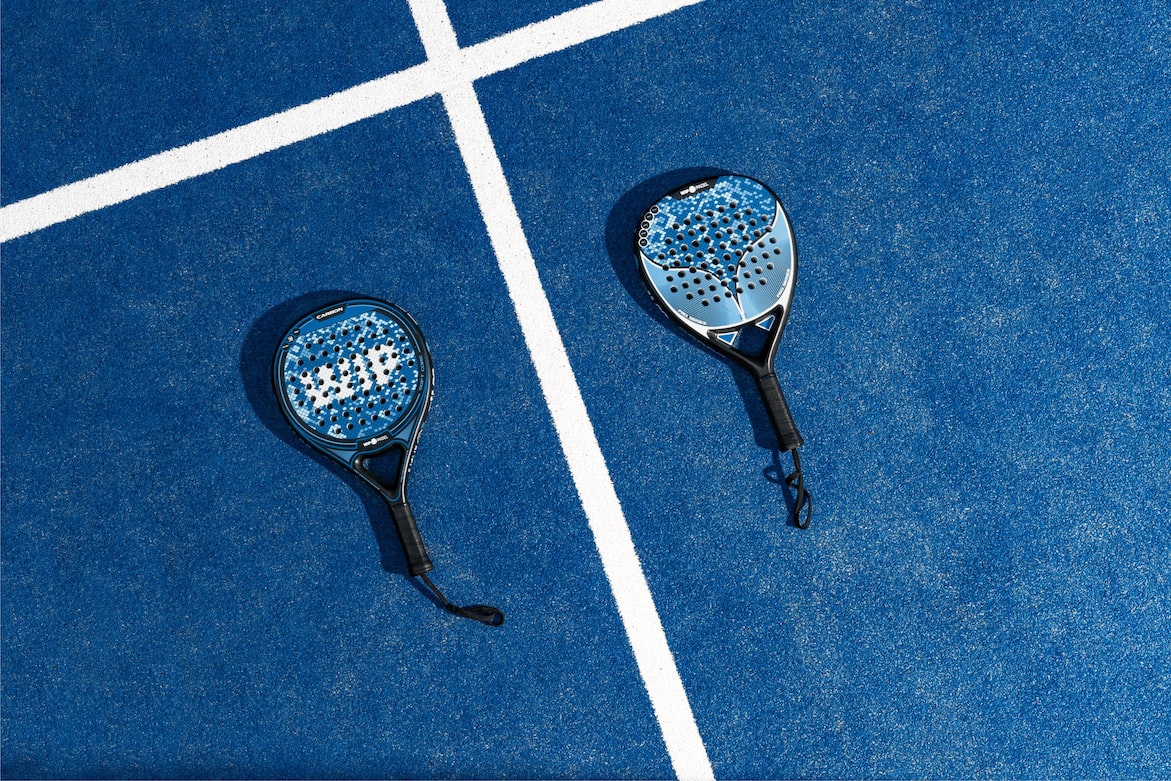The Ultimate Guide to Padel: Everything You Need to Know
4 min read
The Ultimate Guide to Padel: Everything You Need to Know
Padel, a combination of tennis and squash, has exploded in popularity in recent years. The game is played on a much smaller court than tennis, with a lower net and walls surrounding the court. Players use paddles to hit the ball back and forth over the net. If you’re new to the game, this ultimate guide will tell you everything you need to know.
The Basics of Padel
Padel is played with either two or four players. In doubles, the court is 10 metres wide by 20 metres long, while in singles, the court is 10 metres wide by 10 metres long. The net is 88cm high in the middle and 92cm high on the ends. As mentioned before, the court is surrounded by walls, which can be used to play shots.
The Equipment You Need
To play padel, you need a few basic pieces of equipment:
– Paddle: The paddle is the most important piece of equipment. It’s similar to a tennis racket, but with a shorter handle and a smaller head. Paddles are made from different materials, such as carbon and titanium, and come in different weights and sizes. The choice of paddle depends on your level of play and personal preference.
– Ball: The padel ball is similar to a tennis ball but is slightly smaller and less pressurised. Balls are made from rubber and come in different colours. The most commonly used ball is yellow.
– Court Shoes: Padel involves a lot of running and sudden stops, so it’s essential to wear shoes with good grip and support. Court shoes are designed to provide both.
The Rules of Padel
The rules of padel are relatively straightforward. Here are the basics:
– The serve must be underarm and hit the ball below the waist.
– The ball must bounce once on the server’s side and once on the receiver’s side before players can hit it. After that, players can hit the ball before it bounces.
– The ball can hit the walls or the roof before bouncing, but it must bounce before it hits the walls or the roof a second time.
– The ball can only be hit once before it bounces.
– The ball can be hit over the net or around the net, but it must travel between the net posts.
– The game is played to the best of three sets, with the first two sets won by the first team to get to six games, and the third set won by the first team to get to ten points.
The Techniques of Padel
Padel involves a range of techniques, including:
– Serve: The serve is essential in padel, and players should aim to hit it with enough power and accuracy to start the rally off on the right foot. The most common serves are the forehand and backhand.
– Volley: The volley is when a player hits the ball before it bounces on their side of the court. It’s a useful technique for attacking and defending.
– Lob: The lob is a shot that sends the ball high over the opponent’s head. It’s often used when the opponent is standing close to the net.
– Smash: The smash is an overhead shot played with force. It’s used to finish off a point by hitting the ball forcefully into the opponent’s court.
The Strategy of Padel
Padel is a tactical game, and players need to have a solid strategy to win. Here are some tips:
– Play to your strengths: Identify your strengths and weaknesses, and play to your strengths. If you have a powerful serve, then use it to your advantage.
– Communicate with your partner: Communication is essential in padel. You and your partner need to work together to cover the court effectively.
– Move as a team: Padel is a doubles game, and partners need to play as a team. Move together and cover the court as a unit.
– Vary your shots: Mix up your shots to keep your opponents guessing. Use lobs, short shots, and powerful smashes to keep your opponents on their toes.
The Health Benefits of Padel
Playing padel has many health benefits, including:
– Cardiovascular fitness: Padel is an excellent cardiovascular workout, which can improve your heart health.
– Lower body strength: The game involves a lot of running and jumping, which can strengthen your lower body.
– Hand-eye coordination: Padel requires excellent hand-eye coordination, which can improve your overall coordination.
– Mental health: Playing padel can reduce stress and improve your mood, thanks to the physical activity and social aspect of the game.
The Future of Padel
Padel has been growing in popularity in recent years, with more and more people discovering the game. The International Padel Federation now has over 50 member countries and is working to get padel into the Olympics. As the sport continues to grow, it’s sure to attract more players and fans worldwide.
Conclusion
Padel is a fun and exciting game that’s easy to learn but difficult to master. With the right equipment, rules, techniques, and strategy, you can become a skilled player and enjoy the many health benefits of the sport. Whether you’re a beginner or an experienced player, you’ll find plenty of opportunities to play and improve your game. Give padel a try, and you might just discover your new favourite sport.






